| Weight | 1 lbs |
|---|---|
| Dimensions | 9 × 5 × 2 in |
| host | rabbit |
| isotype | IgG |
| clonality | polyclonal |
| concentration | 1 mg/mL |
| applications | ICC/IF, WB |
| reactivity | IRAK-4 |
| available sizes | 100 µg |
rabbit anti-IRAK-4 polyclonal antibody 8508
$445.00
Antibody summary
- Rabbit polyclonal to IRAK-4
- Suitable for: ELISA,WB,ICC,IF
- Isotype: IgG
- 100 µg
rabbit anti-IRAK-4 polyclonal antibody 8508
| antibody |
|---|
| Tested applications WB,ICC/IF,ELISA |
| Recommended dilutions Immunoblotting: Use at 1-4ug/mL. A band of approximately 50kDa is detected. Immunocytochemistry: Use at 10ug/mL. Immunofluorescence: Use at 10ug/mL. These are recommended concentrations. Enduser should determine optimal concentrations for their applications. |
| Immunogen A synthetic peptide corresponding to amino acids at the carboxy terminus of human IRAK-4. |
| Size and concentration 100µg and 1 mg/mL |
| Form liquid |
| Storage Instructions Stable for one year at -20°C. Store in appropriate aliquots to avoid multiple freeze-thaw cycles. |
| Storage buffer PBS, pH 7.4. |
| Purity peptide affinity purification |
| Clonality polyclonal |
| Isotype IgG |
| Compatible secondaries goat anti-rabbit IgG, H&L chain specific, peroxidase conjugated, conjugated polyclonal antibody 9512 goat anti-rabbit IgG, H&L chain specific, biotin conjugated polyclonal antibody 2079 goat anti-rabbit IgG, H&L chain specific, FITC conjugated polyclonal antibody 7863 goat anti-rabbit IgG, H&L chain specific, Cross Absorbed polyclonal antibody 2371 goat anti-rabbit IgG, H&L chain specific, biotin conjugated polyclonal antibody, crossabsorbed 1715 goat anti-rabbit IgG, H&L chain specific, FITC conjugated polyclonal antibody, crossabsorbed 1720 |
| Isotype control Rabbit polyclonal - Isotype Control |
| target relevance |
|---|
| Protein names Interleukin-1 receptor-associated kinase 4 (IRAK-4) (EC 2.7.11.1) (Renal carcinoma antigen NY-REN-64) |
| Gene names IRAK4,IRAK4 |
| Protein family Protein kinase superfamily, TKL Ser/Thr protein kinase family, Pelle subfamily |
| Mass 51530Da |
| Function FUNCTION: Serine/threonine-protein kinase that plays a critical role in initiating innate immune response against foreign pathogens. Involved in Toll-like receptor (TLR) and IL-1R signaling pathways (PubMed:17878374). Is rapidly recruited by MYD88 to the receptor-signaling complex upon TLR activation to form the Myddosome together with IRAK2. Phosphorylates initially IRAK1, thus stimulating the kinase activity and intensive autophosphorylation of IRAK1. Phosphorylates E3 ubiquitin ligases Pellino proteins (PELI1, PELI2 and PELI3) to promote pellino-mediated polyubiquitination of IRAK1. Then, the ubiquitin-binding domain of IKBKG/NEMO binds to polyubiquitinated IRAK1 bringing together the IRAK1-MAP3K7/TAK1-TRAF6 complex and the NEMO-IKKA-IKKB complex. In turn, MAP3K7/TAK1 activates IKKs (CHUK/IKKA and IKBKB/IKKB) leading to NF-kappa-B nuclear translocation and activation. Alternatively, phosphorylates TIRAP to promote its ubiquitination and subsequent degradation. Phosphorylates NCF1 and regulates NADPH oxidase activation after LPS stimulation suggesting a similar mechanism during microbial infections. {ECO:0000269|PubMed:11960013, ECO:0000269|PubMed:12538665, ECO:0000269|PubMed:15084582, ECO:0000269|PubMed:17217339, ECO:0000269|PubMed:17337443, ECO:0000269|PubMed:17878374, ECO:0000269|PubMed:17997719, ECO:0000269|PubMed:20400509, ECO:0000269|PubMed:24316379}. |
| Catalytic activity CATALYTIC ACTIVITY: Reaction=L-seryl-[protein] + ATP = O-phospho-L-seryl-[protein] + ADP + H(+); Xref=Rhea:RHEA:17989, Rhea:RHEA-COMP:9863, Rhea:RHEA-COMP:11604, ChEBI:CHEBI:15378, ChEBI:CHEBI:29999, ChEBI:CHEBI:30616, ChEBI:CHEBI:83421, ChEBI:CHEBI:456216; EC=2.7.11.1; CATALYTIC ACTIVITY: Reaction=L-threonyl-[protein] + ATP = O-phospho-L-threonyl-[protein] + ADP + H(+); Xref=Rhea:RHEA:46608, Rhea:RHEA-COMP:11060, Rhea:RHEA-COMP:11605, ChEBI:CHEBI:15378, ChEBI:CHEBI:30013, ChEBI:CHEBI:30616, ChEBI:CHEBI:61977, ChEBI:CHEBI:456216; EC=2.7.11.1; |
| Subellular location SUBCELLULAR LOCATION: Cytoplasm {ECO:0000269|PubMed:21325272}. |
| Structure SUBUNIT: Associates with MYD88 and IRAK2 to form a ternary complex called the Myddosome (PubMed:16951688, PubMed:24316379). Once phosphorylated, IRAK4 dissociates from the receptor complex and then associates with the TNF receptor-associated factor 6 (TRAF6), IRAK1, and PELI1; this intermediate complex is required for subsequent NF-kappa-B activation (PubMed:11960013, PubMed:12496252, PubMed:16951688). Direct binding of SMAD6 to PELI1 prevents complex formation and hence negatively regulates IL1R-TLR signaling and eventually NF-kappa-B-mediated gene expression (PubMed:16951688). Interacts with IL1RL1 (PubMed:16286016). Interacts (when phosphorylated) with IRAK1 (PubMed:33238146). May interact (when phosphorylated) with IRAK3 (PubMed:33238146). {ECO:0000269|PubMed:11960013, ECO:0000269|PubMed:12496252, ECO:0000269|PubMed:16286016, ECO:0000269|PubMed:16951688, ECO:0000269|PubMed:24316379, ECO:0000269|PubMed:33238146}. |
| Post-translational modification PTM: Phosphorylated. {ECO:0000250}. |
| Involvement in disease DISEASE: Immunodeficiency 67 (IMD67) [MIM:607676]: An autosomal recessive primary immunodeficiency characterized by recurrent, life-threatening systemic and invasive bacterial infections beginning in infancy or early childhood. {ECO:0000269|PubMed:12637671, ECO:0000269|PubMed:12925671, ECO:0000269|PubMed:16950813, ECO:0000269|PubMed:17878374, ECO:0000269|PubMed:19663824, ECO:0000269|PubMed:21057262, ECO:0000269|PubMed:24316379}. Note=The disease is caused by variants affecting the gene represented in this entry. |
| Target Relevance information above includes information from UniProt accession: Q9NWZ3 |
| The UniProt Consortium |
Data
Publications
| pmid | title | authors | citation |
|---|---|---|---|
| We haven't added any publications to our database yet. | |||
Protocols
| relevant to this product |
|---|
| Western blot IHC ICC |
Documents
| # | SDS | Certificate | |
|---|---|---|---|
| Please enter your product and batch number here to retrieve product datasheet, SDS, and QC information. | |||
Only logged in customers who have purchased this product may leave a review.
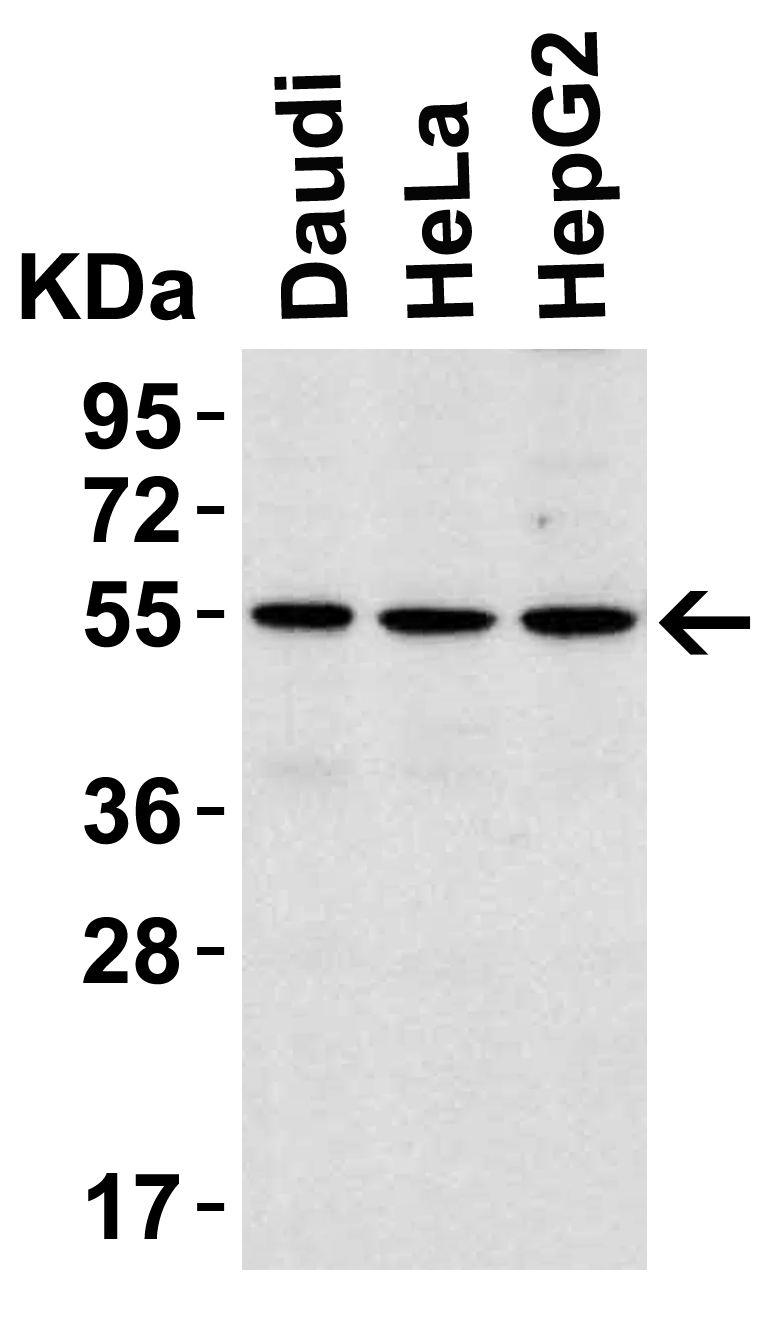
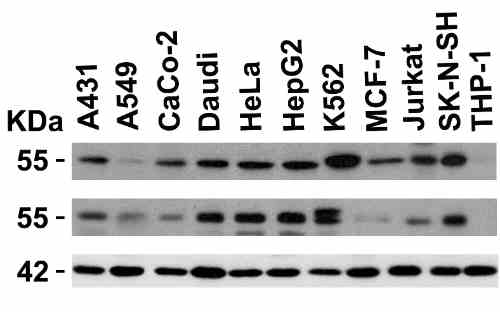

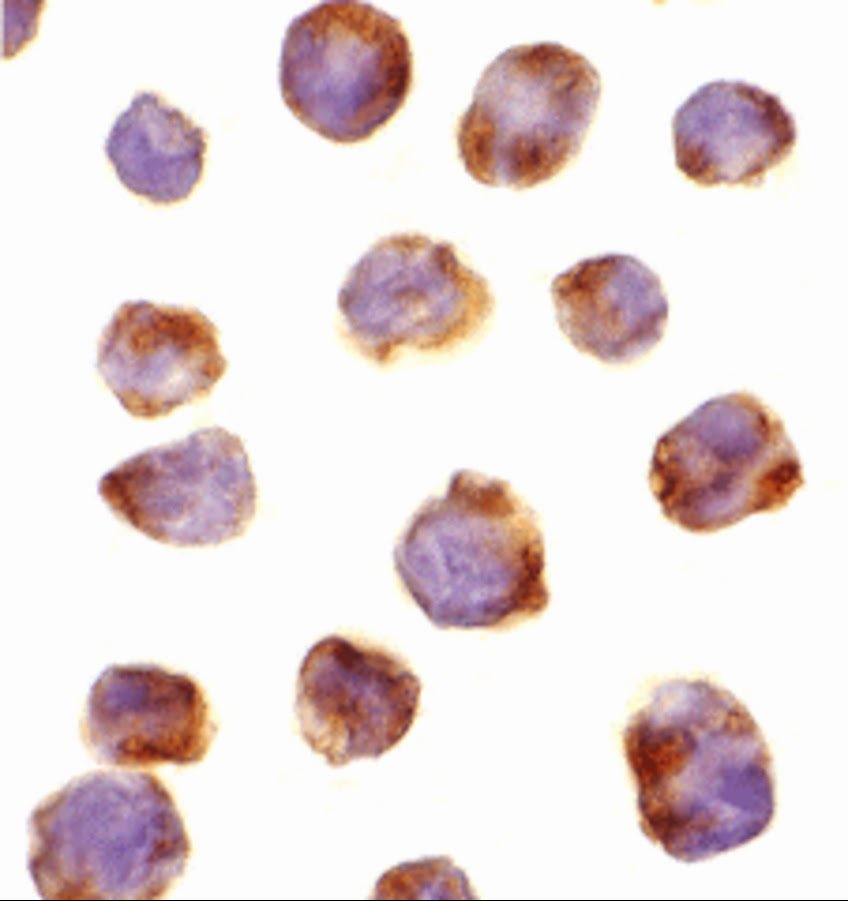
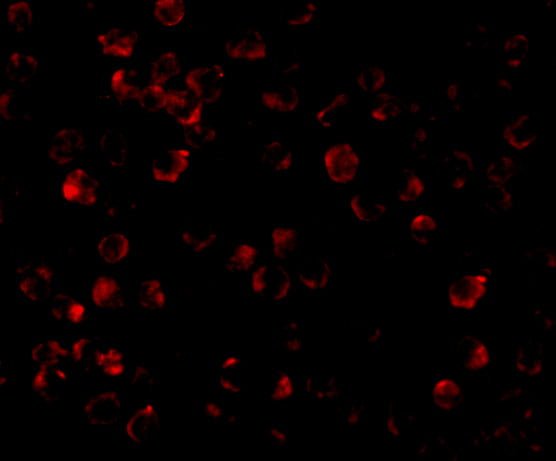


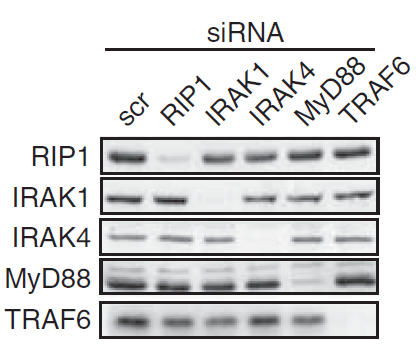
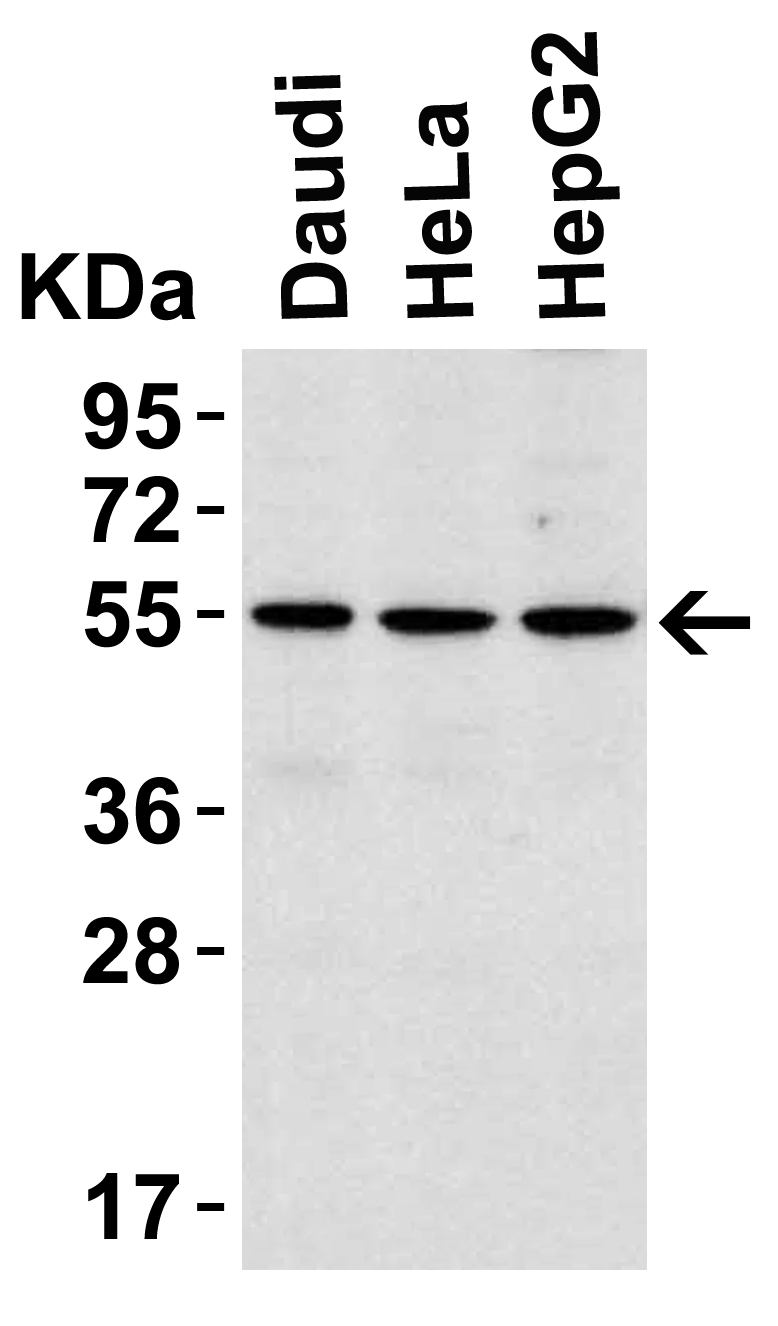
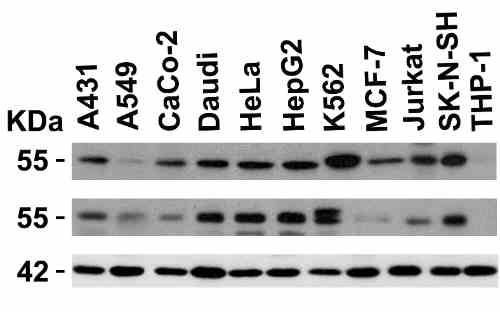
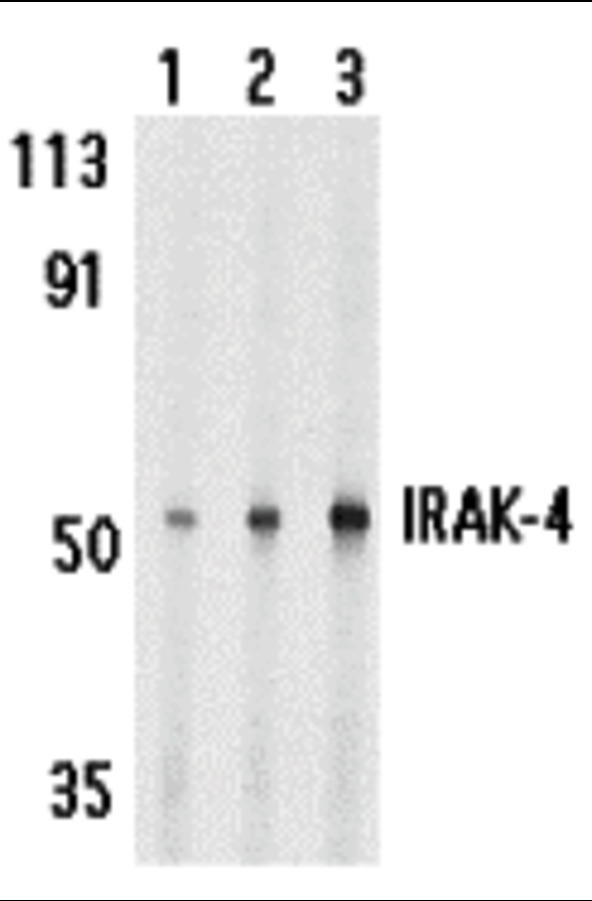
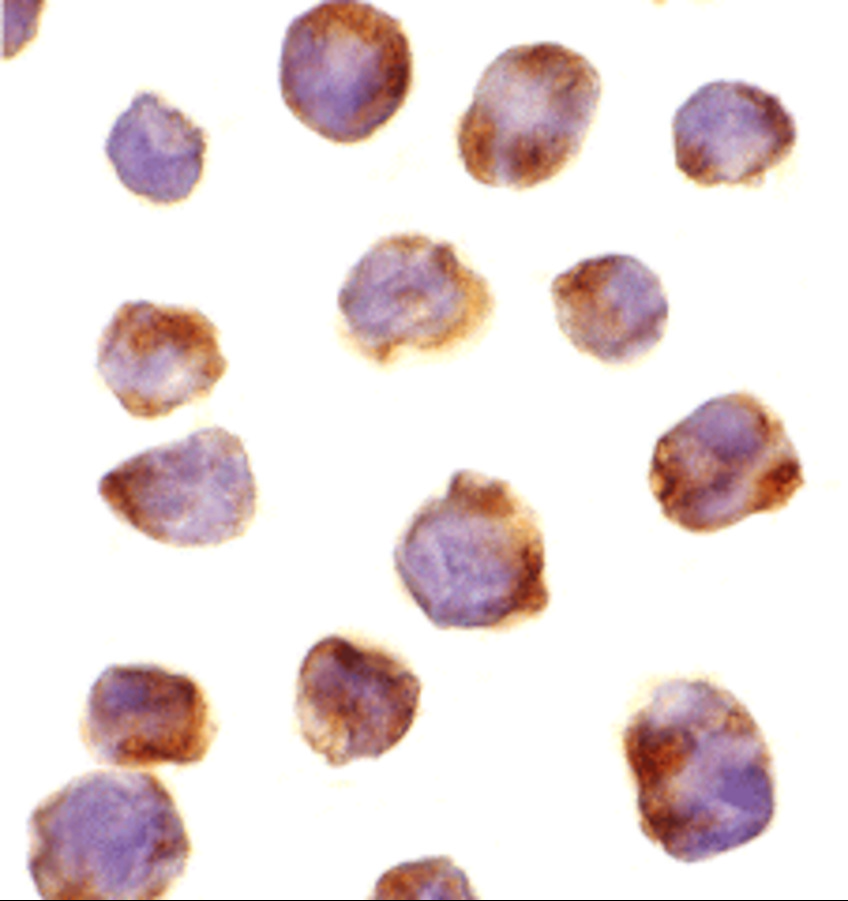
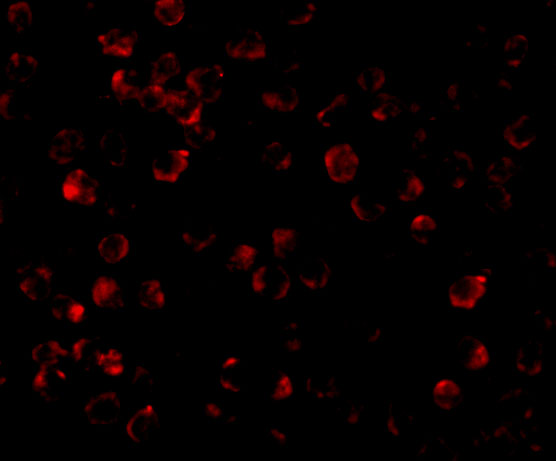


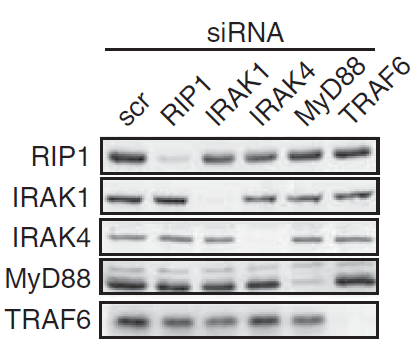







Reviews
There are no reviews yet.